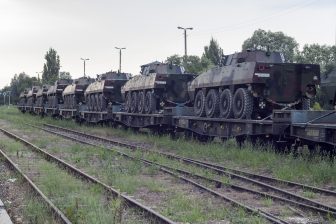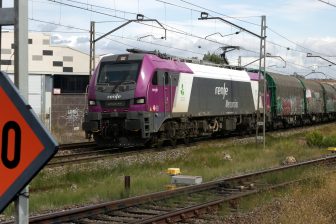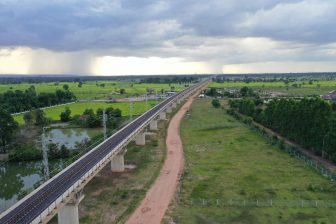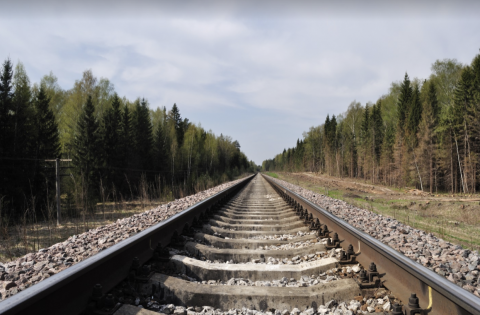
This is Russia’s most ambitious railway project: line to Siberia
Until now, there has never been a railroad in Tuva, a Siberian republic which borders Mongolia in the south and is separated from the rest of Russia by high mountains. The construction of the Elegest-Kyzyl-Kuragino railway line is about to change this. This groundbreaking construction project should turn Tuva into an economic hub. After years of discussion, the project is now in its active phase.
This is the promise of Ruslan Baisarov, Owner of Tuva Energy Industrial Corporation (TEIC). His company obtained the license to develop the coal deposits of the Ulug-Khemsky basin located in the Tuva Republic. But these natural resources are insignificant without an export route. Hence, the idea of a railway came into being.
Once completed, the Elegest-Kyzyl-Kuragino railway line will be 410 kilometers long. It connects the Siberian republic with the Krasnoyarsk Region and the rest of the country’s rail network. It is the first construction project of such a scale in the modern history of Russia.
Text continues below the image

Why Tuva?
The Ulug-Khemsky basin is one of the most prominent coal basins in the area. Coal deposits here are estimated at approximately 20 billion tonnes. The republic of Tuva is however deprived of the opportunity to develop them. It is impossible to export coal beyond the republic’s boundaries. Air freight and land transportation is not suited for that, and there is no railroad line. Hence, the production volume satisfies only domestic demand.
For many years local and federal authorities have voiced their concern with this situation. The idea of a railway connection was first iterated in 1950 and even planned in 2009, but due to a lack of funds it was constantly postponed. In April 2019, TEIC and Russian Railways signed a cooperation agreement to complete the railway by 2022. The railway is expected to enter into service in 2023.
15 million tonnes of coal
According to industry experts, the project is one of the most expensive and ambitious infrastructure projects in modern times. “We are in the process of building 127 bridges that will stretch over 10 kilometers and eight tunnels that will be around 11 kilometers long in total. The line will have a cargo transportation capacity of 15 million tonnes per annum for now, but we are already planning to increase this to 27 million tonnes”, Ruslan Baisarov explains.
“We will need this increased capacity since we are expecting the Elegest coal project to require transportation for around 15 million tonnes of coal every year”, he adds. Based on preliminary estimates by the project’s general contractor Russia Railways the development will cost about 126 billion rubles.
Funding
According to Baysarov, the project will be fulfilled using the investor’s funds with support from the state. The emission of infrastructure bonds is planned. In 2018 the government decided to build the railway by offering a concession agreement for thirty years. A subsidiary company of TEIC – TEIC Kyzyl-Kuragino was established. In 2019 a contract with Russian Railways, the main contractor, was signed. This railway copany in turn announced a tender among engineering companies, which was won by the Stroyproekt Institute this February.
Text continues below the image
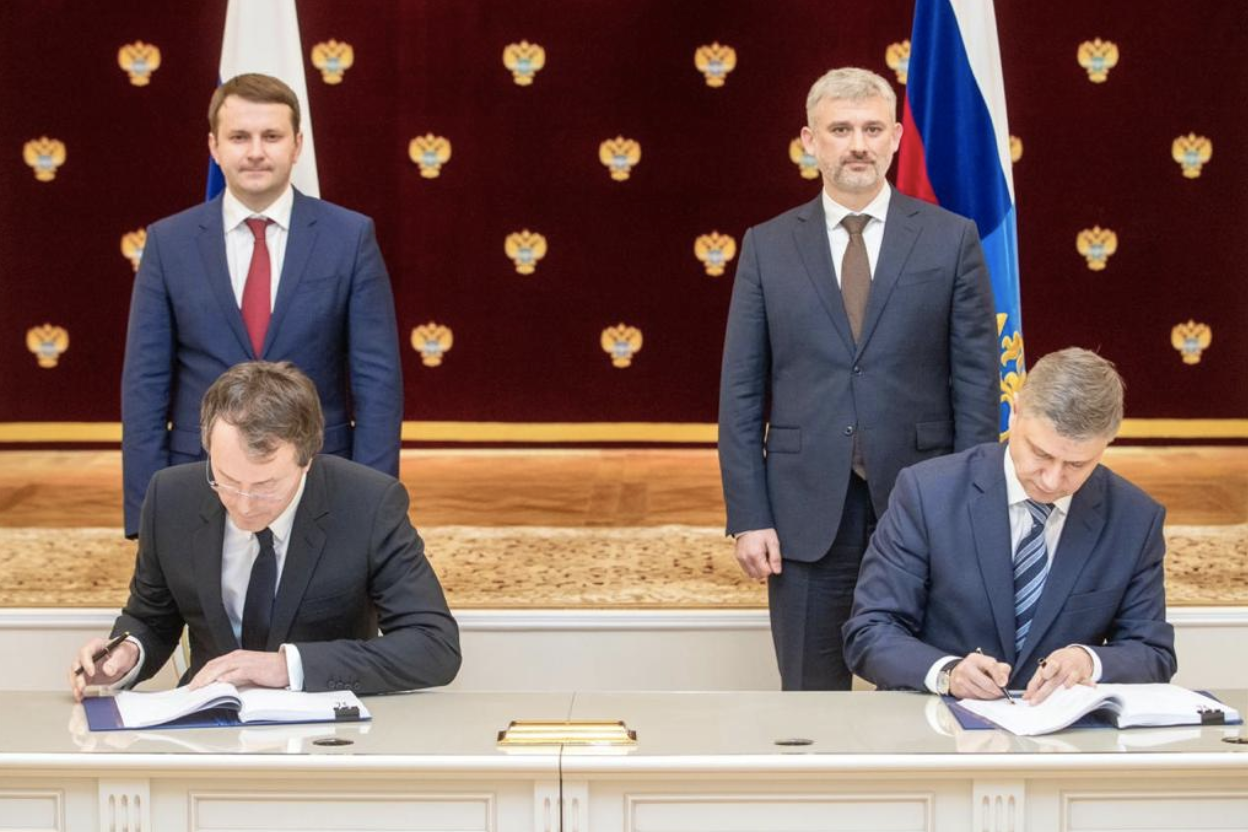
In early 2020 the planning work for the railway construction entered into its active phase. Surveying the entire route of the future railway and drafting the required documentation will require 18 months. All planning work should be completed by August 2021, and the first trains should be running in 2023.
Connection to China
Besides the connection to the Russian hinterland, the railway line could be extended to the border with Mongolia. This would mean access to the countries of the Asian-Pacific region. This plan is integrated into the strategy for the development of Tuva’s natural resources and the development of the coal industry in Siberia and the Far East.
Supporting this idea is the agreement between Russia, Mongolia and China made in 2016 to create two transport corridors connecting the countries. The northern corridor will link Kuragino through Mongolia to the Chinese capital and further to Tianjin. The western passage also begins in Kuragino and follows through Mongolia to Urumqi in China.



